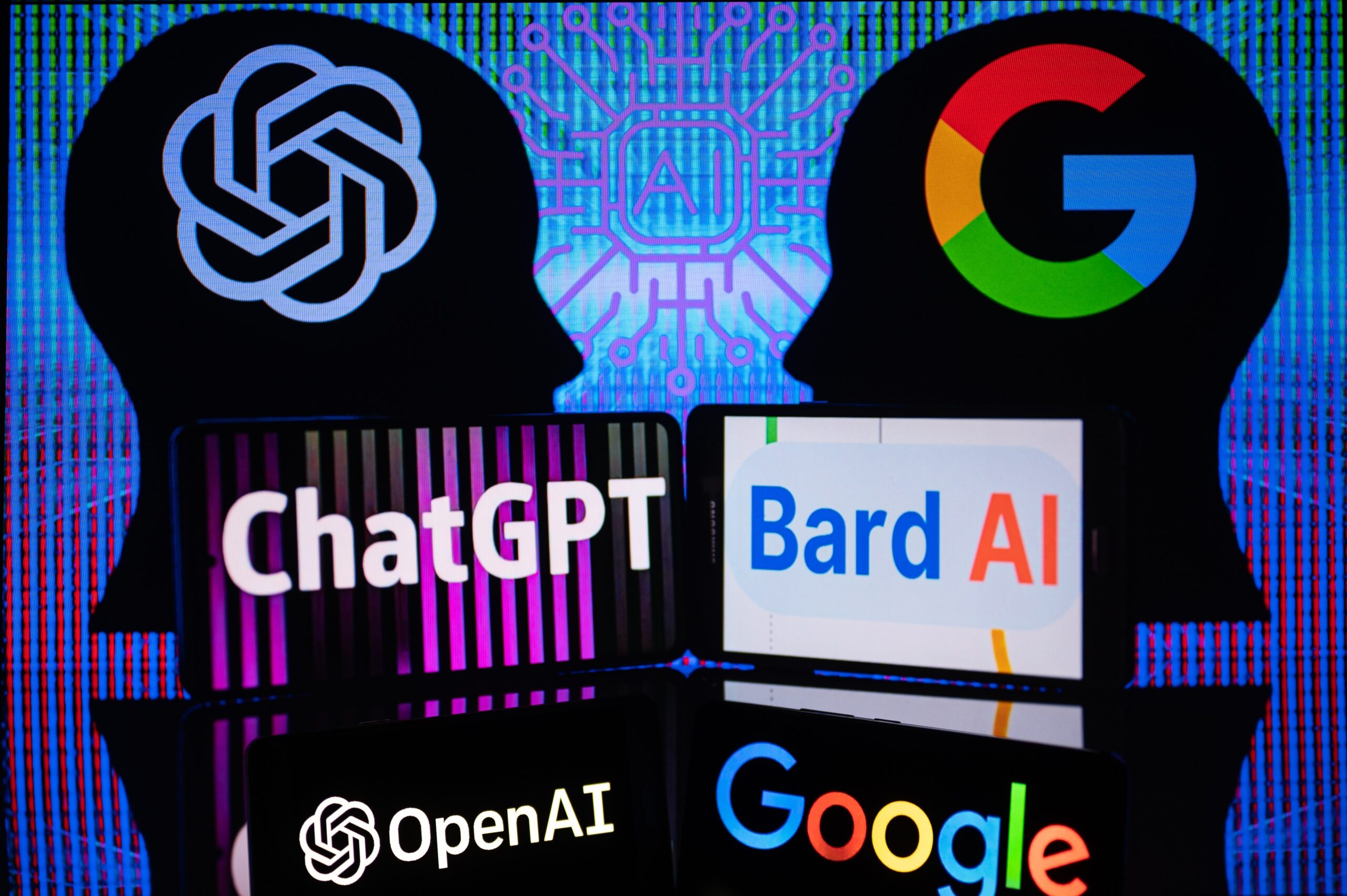Google Bard’s introduction of real-time responses has sent ripples through the world of AI chat interfaces. This move, which now aligns Bard with ChatGPT and Bing Chat’s interaction style, showcases a dynamic user experience, setting Bard apart from merely crafting complete replies.
The appetite for immediacy in today’s fast-paced digital world is insatiable. Recognizing this, Google Bard has adapted its framework. According to people familiar with the matter, users no longer need to wait patiently for a response; instead, they can witness the AI’s thought process unfold in real time.
Google Bard is now showing responses in real time. It may be annoying if you are asking for a long response. You can easily change that setting back by clicking the Extensions icon and selecting Respond once complete #Google #AI #image #Bard #tech #techno… pic.twitter.com/ndiq3dZLOQ
— Geek Updated (@geekupdated) October 27, 2023
This approach rivals not only ChatGPT but also challenges Microsoft’s Bing Chat, suggesting a new benchmark for AI communication.
Delving into Bard’s new suite of features
Bard’s shift to real-time responses might be stealing the limelight, but it’s just the tip of the iceberg. Google has integrated several features to elevate the user experience. Users nostalgic for the older Bard can still opt for the traditional response mode. An intuitive cog icon in the interface allows easy toggling between the “Respond in real-time” and “Respond when complete” options.
Moreover, if a user feels the response is veering off course, Bard now offers an intervention tool. With a click of the “Skip Response” button, users can halt Bard’s reply, offering them greater control over the conversation.
Google has ensured that those who await a complete response still have options. A feature offering views of alternate drafts grants users a glimpse into different potential responses.
Furthermore, Google has empowered users to tailor their interactions. Bard’s replies can now be modified to sound more “casual” or “professional”. For those who want to ensure accuracy, a quick tap on the Google logo allows users to validate Bard’s responses against Google Search.
A glimpse beyond text
Google Bard’s enhancements transcend textual interactions. Users can reportedly view images within shared conversations, and for those syncing Bard with Gmail, the AI offers summaries of a broader range of emails.
Per experts, Google’s claim that Bard can now more accurately discern the importance of recent emails suggests a deeper understanding of user needs.

A tale of two giants: Bard vs. ChatGPT
The AI chat interface realm, dominated by ChatGPT and Google Bard, offers a fascinating contrast study. Both products, emerging from the stables of OpenAI and Google AI/DeepMind, have carved their distinct paths in the AI domain.
While both are underpinned by large language models (LLMs), their operational dynamics, interaction styles, and training datasets exhibit stark differences. Bard operates on Google’s Pathways Language Model, PaLM 2, whereas ChatGPT has its roots in GPT-3.5 and the premium GPT-4. Regarding web information sourcing, ChatGPT leans on Bing, while Bard naturally harnesses the might of Google Search.
Their availability and interaction styles further highlight their differences. While ChatGPT opens its doors to everyone, Bard extends its invitation exclusively to those logged into a Google account. And though ChatGPT is celebrated for its human-like responses, Bard is gaining a reputation for its seamless conversational engagements.
However, their training and inherent biases present intriguing facets. ChatGPT’s responses occasionally echo the biases found in its primary training sources, which range from books to articles. Bard, drawing from a dataset named Infiniset, could reflect biases more representative of the broader internet.
According to experts, when evaluating their strengths, it’s evident that while ChatGPT is adept at paraphrasing and summarizing, Bard excels at content simplification.









 and then
and then